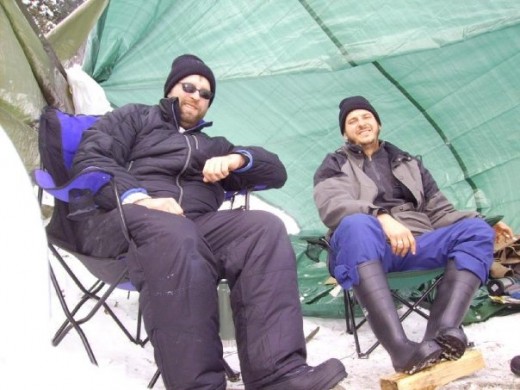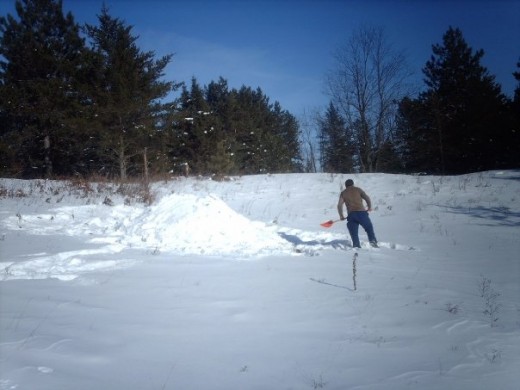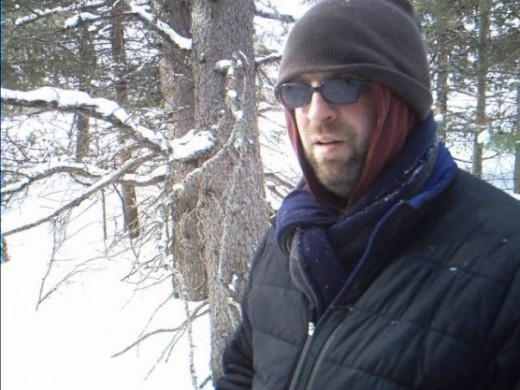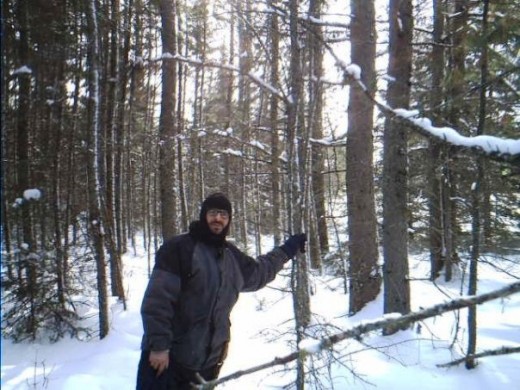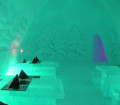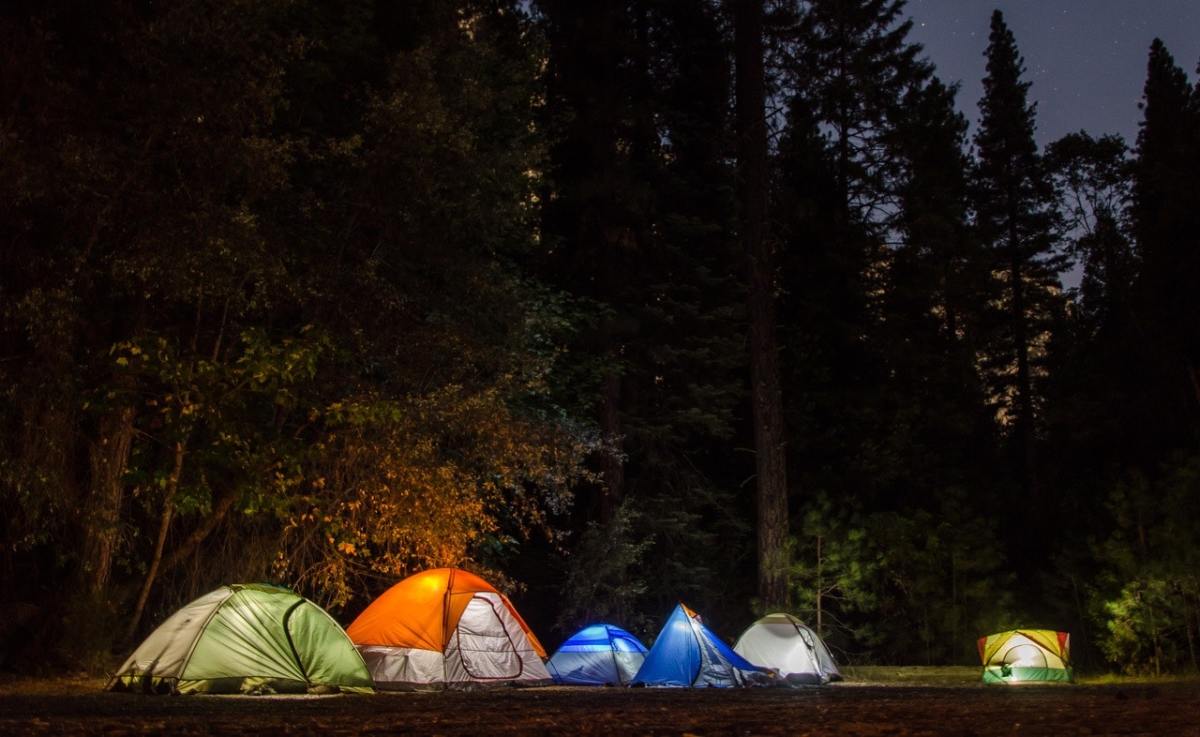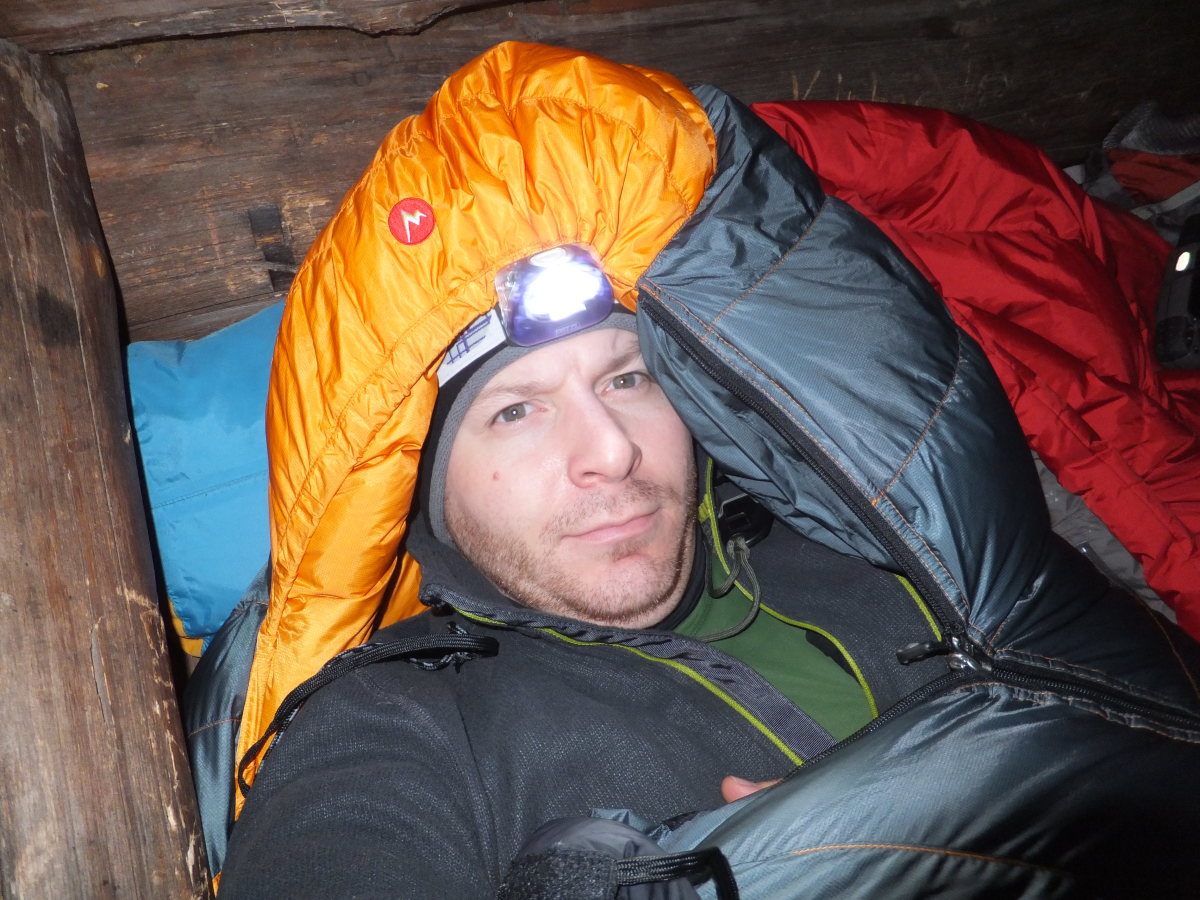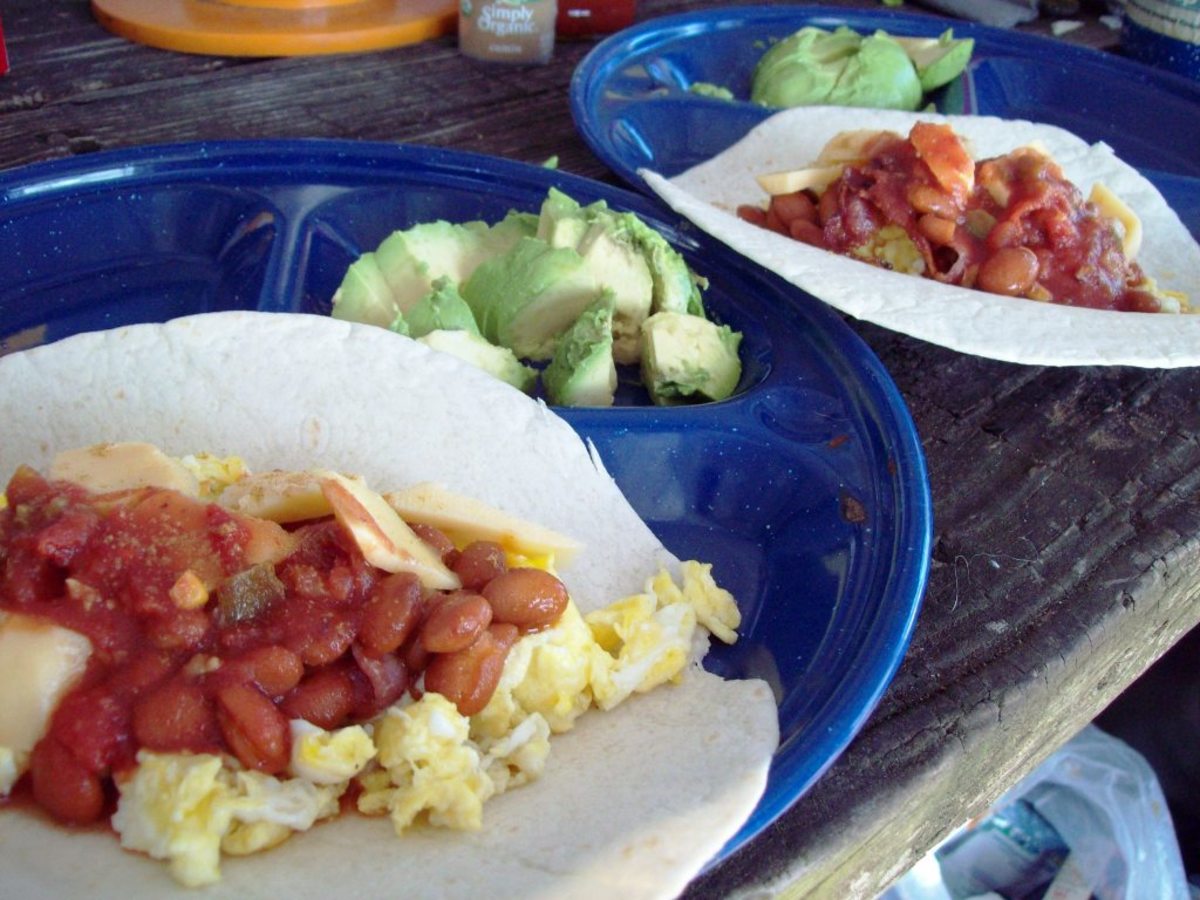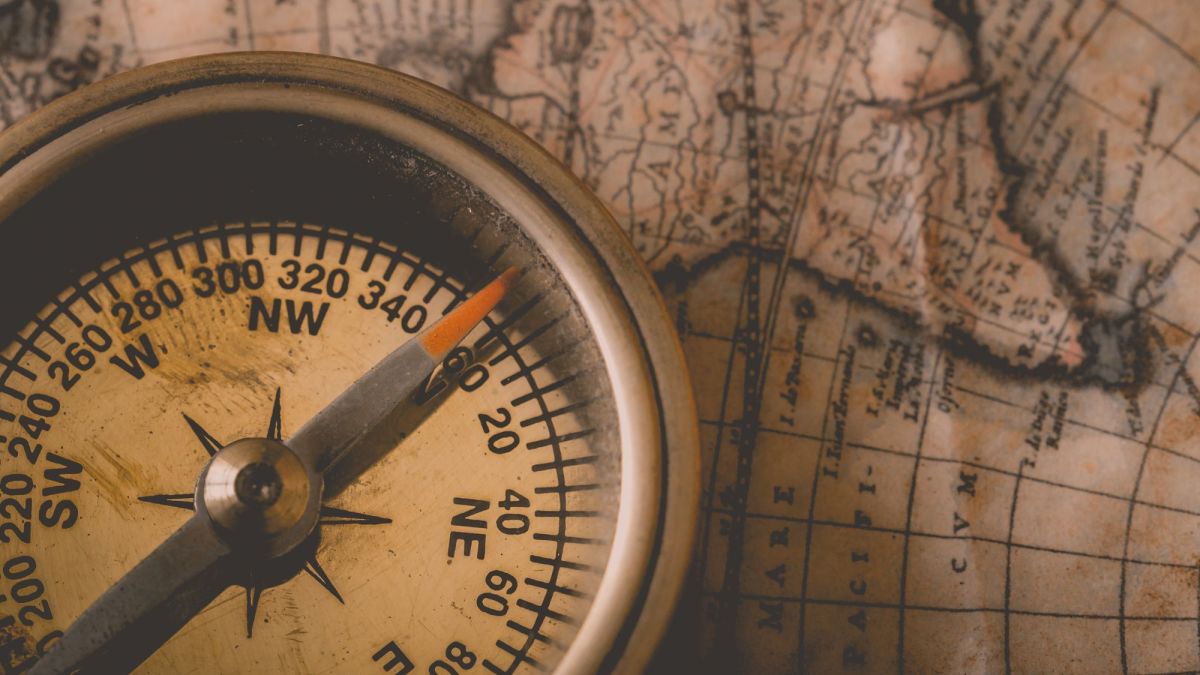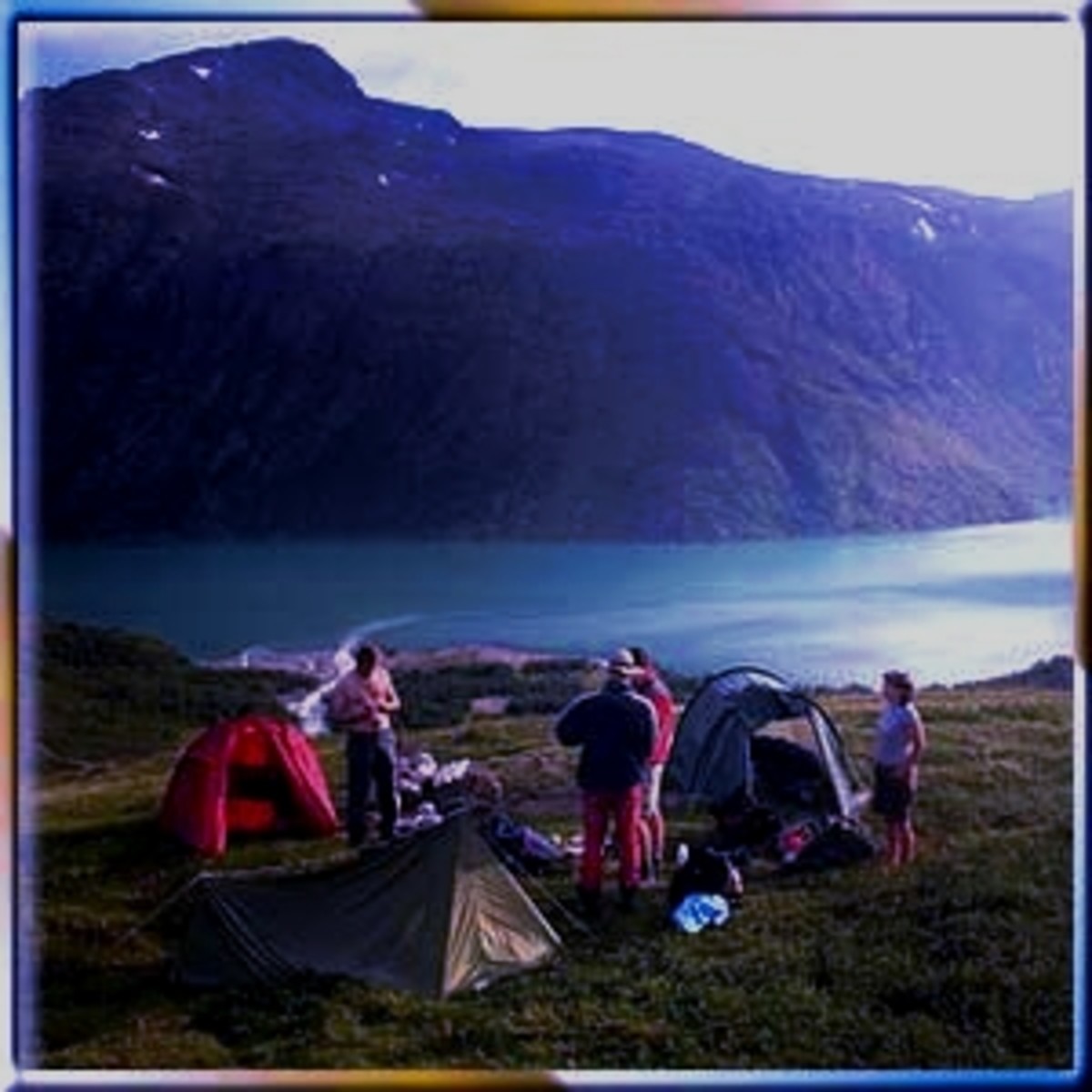Buy Gear! Or Winter Camping Will Test Your Endurance!
So you think you have anitfreeze in your veins?
I'm not a big fan of the cold. So a few years ago when my brother Joe and our friend Tom approached me about winter camping I was more than a little hesitant. I'm more of a summer guy, born in Honolulu, Hawaii after all... Anyway, I took a gamble with my buddies. I always thought it would be great to travel to Mars, and as it turns out, this is probably the closest I would ever come to that.
We've gone winter camping north to Eagle River, Wisconsin here in the States for two years now: elevation 1647 feet above sea level. It's not exactly Mount Everest, but for a couple of Milwaukeeans used to the 634 foot elevation winter, it gets cold! Real cold. It's nearly the highest elevation in our state. Of the two years we went there temperatures varied from the warmest around 40 degrees Fahrenheit, to the coldest hovering at -20 F, with windchill's dipping below -30F.
What to bring: Endless supplies
If you're thinking of winter camping you will be happy to know that there's a wealth of information on the internet and for that matter on television. Conversation, in between the chattering of teeth, often goes back and fourth about what we heard Les Stroud say on "Survivorman" or what we saw Bear Grills do once somewhere across the globe. Luckily none of us has to resort to drinking our own urine or eating a rotting elk carcass but we do talk about it!
As far as a list of winter camping supplies, the list could be endless. There weren't any Rockefellers in our camping party so the items we took were probably more thrifty than some might take. There's the obvious things: a good winter coat, preferably goose down, polypropylene or any of the many other artificial materials. We all chose snow pants, garden variety polyester worked fine for us. We all got a good laugh because Tom and Joe bought there's at one store, I bought mine at another and we all paid a measly $20 for each of them. But for some reason, although they were all made of the same material, my snow pants started to shred once the temperature dropped below zero. I looked like I had been attacked by a mountain lion from the waist down! Long underwear or a union suit is a must! You will also need some quality snow boots, the kind that stay dry. For the first year I bought hilariously tall rubber boots and wore two pair of wool socks with those. They weren't particularly warm but they were a good source of entertainment as my brother kept asking me if I joined the French army. The following year I bought a pair of ankle-high hiking boots supposedly waterproof, they were also very cold. My brother bought a pair of relatively inexpensive but thick, pair of winter boots that went half way up his leg he never complained of cold feet. You'll also need gloves. The best combination we found was a thin liner pair and a thicker outer pair. Don't forget good head gear, I like to bring a balaclava and an extra hat and scarf.
Like I said there are many things you could add to the list. Notably , whatever you buy, the rule we all seemed to come across was no cotton. Cotton acts like a sponge and when your body builds up fluids and doesn't wick them away from you the cold seeps right through to your bones. Another item that we found indispensable, though I'm sure a tougher lot could get by without, are disposable hand warmers. They come in sizes fit for your feet, your gloves and a larger one for your sleeping bag. They act as a little hot pocket of warmth and though they wont' keep your entire body warmer, they are very comforting to have! As we all read in other various resources, at night you can put one near a main artery, we usually chose our neck, and that seemed to help heat the blood traveling through your ice cold extremities. Another item you would be remiss to camp without, is a decent sleeping bag. I can't wait until I can afford a great one! The first year I bought several down blankets from a thrift store and laid those underneath my fairly thin, rated 30+ Fahrenheit sleeping bag. I also inserted a heat reflective liner into my bag, which may have helped keep me warm but was mostly a nuisance since it became bunched up here and there. If you have the dough, do yourself a favor and buy a bag rated for -20F at least, down is the best in my opinion. The following year I didn't use the down under covering and damn near froze to death at night. Take a larger hotpocket into the sleeping bag with you at night along with a Gatorade bottle or other large receptacle to pee in, when the cold swirls around and you don't want to get out of your cocoon you'll be glad you did!
Shelter: Winter camping tent, kinzie, tipi
Next comes shelter. The two most common are the kinzie and a winter tent. The king of winter shelters in my opinion is the Native American Indian Tipi which none of us own, but we all talked about both years as the prospect of a shelter with an indoor fire is phenomenal. Whatever you do don't build a fire inside a regular tent or you will die from carbon monoxide poisoning. A kinzie is, simply put, a giant snow mound that you build, then you hollow it out. You have to wait at least an hour after you build the mound to let the snow settle. We all read about this and sort of laughed it off as nonsense the first year. Then in the middle of building the mound there was a loud, "Whoompf!!!" as the snow settled and sounded like a thousand pounds of sand hitting the ground. So after that we took it a bit more seriously! I found that you do well to make a "snow bed" within the kinzie. You essentially elevate the snow about a foot or more off the ground, snow contains lots of air and it helps insulate you against the cold in the ground. I did that the first year, again in combination with the down under cover, and was very warm. The following year we went down to the ground and I was freezing all night!
Do You Have What It Takes To Go Winter Camping?
Click thumbnail to view full-size





Winter Camping Food: Stews & candy bars
For
food we all brought various stews. Jambalaya, beef stew, chicken stew
etc. We found it takes some time to heat the food up past freezing then
to a palatable warmth, once you do it's great to fill up with some
warmth. Also, my brother read somewhere that it's good to bring a metal
dish, we used an old grill bottom, but you could use a hub cap, for the
bottom of your fire. The first year we didn't have one and once you
get a fire going the water vapor underneath in the snow constantly puts
out your fire. You'd be wise to bring a small propane burner also, that
way you don't have to depend on your campfire for food. You burn a lot
of calories winter camping so don't be afraid to bring a lot of granola
and candy bars to constantly snack on. Both years we went we all ate
constantly and we all still lost weight so leave the Atkins attitude
behind for this trip! Another pointer worth noting is that when you are
sitting around the campfire you will want to elevate your feet. We used
chopped wood for this, it makes a real noticeable difference in the
warmth of your feet. Another thing to remember is to keep hydrated to
avoid headaches and fatigue. If you keep a water bottle inside one of
your pockets the water will stay liquid. Avoid eating snow, it will drop
your core temperature and you don't get much liquid from it.
Once you've settled in and made camp with your shelter readied, you might think this is a good time for a beer, good luck with that. We brought beer both years and it froze within seconds of pulling it out of our car. We did find that if we melted about an inch of water in a pan, then heated a few cans of beer in that, the beer would melt to a slush enough to drink, though not real pleasant! We brought hard liquor, whiskey and vodka but I found that although in warmer weather I enjoy a good drink, in this freezing stuff it didn't really matter to me! The adrenalin from being out in the cold seemed to be enough of a stimulant to keep me entertained anyway.
Winter Camping Nirvana
When you are out in it, you will notice a lot of little things. The way things sound, smell and feel are all a little different. It is a very peaceful time to be out of doors and good for your spirit to be sure. The clouds and breeze are crisp, the stars seems extra bright. You'll be amazed at the tiny birds, who do not have the benefit of disposable heat pads, but still manage to sing and fly around like it's mid July. We stayed each trip for three days and nights, then we spent the last night at a hotel where we indulged in a swim in the pool, a dip in a hot tub and a minute or two in a sauna. It is rejuvenation at its finest. One thing we all read and talked about, and that we all found to be true. Was that the day after camping, really the entire week after, you feel a certain exhilaration and wellspring of energy. It's hard to describe really, it's sort of like a runner's high, you feel like nothing can get you down, and that you could conquer any adversary. There is so much more I could add to this article but I feel that this is a good place to end. Go see for yourself. I recommend winter camping, especially for someone who doesn't like the cold. Once you get back home all of a sudden a 45F degree day doesn't feel so bad anymore!
Even more to read right here!
- Planning a Camping Trip: Camping Menus
Camping has long been a way for families to bond together while saving money. With more and more families cutting back on vacation expenses, camping has seen a resurgence in popularity. Planning a family... - Tent Camping - Food and Meals
What kind of food to take when we go camping, what food to pack for a camping trip, what to cook, and eat that does not need refrigeration. Camp food should be easily portable and camp food should be enough for hungry campers - appetites soar out in - Jesse Owens: The Olympian Who Accidentally Stood Up ...
http://www.flickr.com/photos/pingnews/ / CC BY-SA 2.0 There is a sort of myth that has gathered a lot of moss over the years about Jesse (J.C) Owens and how his four, count em', four gold medals at the 1936... - More HubPage articles by Ben Zoltak


